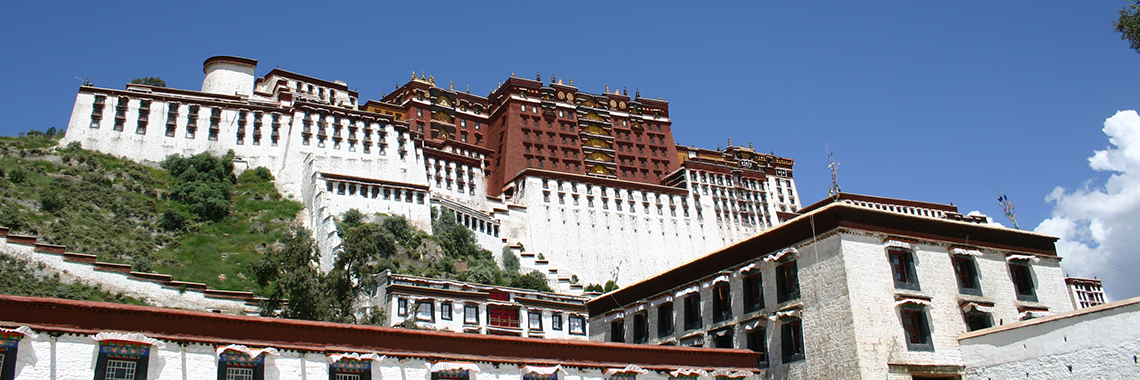
Facts
Activity
Contact Us
Nepal
Hike Himalaya Adventure Pvt. Ltd.
GPO: 6062, Thamel, Kathmandu, Nepal
Tel: +977 1 4432044, 4432011/
Fax: +977 1 4432044
Hunting Line:
+977 9851140893, 9843293581
e: info@hikehimalayaadventure.com
Australia and New Zeland
Matthew Eakin
8 illamatta way, Orange, NSW-2800
e:matt@hikehimalayaadventure.com
Cell: +61 402 289 226
In Europe
Tatiana De Wée
Jozef Smeetslaan 92
3630 Maasmechelen
Cell: +32 (0)498200651
e:tatiana@hikehimalayaadventure.com
People and Language
People
The majority of Tibetís population of 1,890,000 is Tibetans. Tibet is so thinly populated that it averages out 1.6 8 persons per square kilometers. About 90% of the people live on farming and husbandry. Farmers live in the valleys of Tsangpo River (Brahmapotra) and its major tributaries Kyichu and Nuuang-chu. This area produces barely, wheat, peas and rape-seed, the great northern grassland which occupies a good half of Tibet is the home of nomads, yaks and sheep. Nomads have no fixed abodes, and keep roaming along fine pasture together with all their belongings-tents and Livestock. The remaining populations, approximately 10%, live in towns earning their living mainly on business and handicraft, and many are factory workers and government officials.
Ideology of people in this land differs greatly from any other nationality both at home in china and in the world. Religion seems almost everything. Many live for the next life, rather than for the present. They accumulate deeds of virtue and pray for the final liberation-enlightenment. Lips and hands of the elders are never at still, either busied in murmuring of the six syllable mantic prayer OM Ma Ni Pad Me Hum (Hail the Jewel in the Lotus) or in rotation of hand prayer wheels, or counting of the prayer beads. Pious pilgrims from every corner of Tibet day to day gather at Jokhang Temple and Bharkor Street offering donations and praying heart and soul for their own Selves, for their friends, and for their friends' friends.
Frequent visitors to Tibet can make out folks from different regions judging by costumes and dialects. Folks from agricultural regions dress in woolen home-woven gowns, and those from the grassland clad in sheepskin. Men folk from chamdo wear huge tassels of black or red silk which were used in old days for protection in fight, while the Lhasa residents are more stylish and modern. Dialects in Tibetan are in variety, but mainly can be categorized into four such as lhasa., Tsang (Shigatse and Gyantse), Chamdo and Amdo.
Language
Tibetan is spoken in Tibet. Tibetan is written in a very conservative syllabary script based on the writing system of the ancient Sanskrit language of India. Used in its present form since the 9th century, it was developed as a means of translating sacred Buddhist texts that were being brought into Tibet from India. The writing system derived from the pronunciation of the language as it was in about the 7th century, and varies in many ways from colloquial Tibetan as it spoken today.
